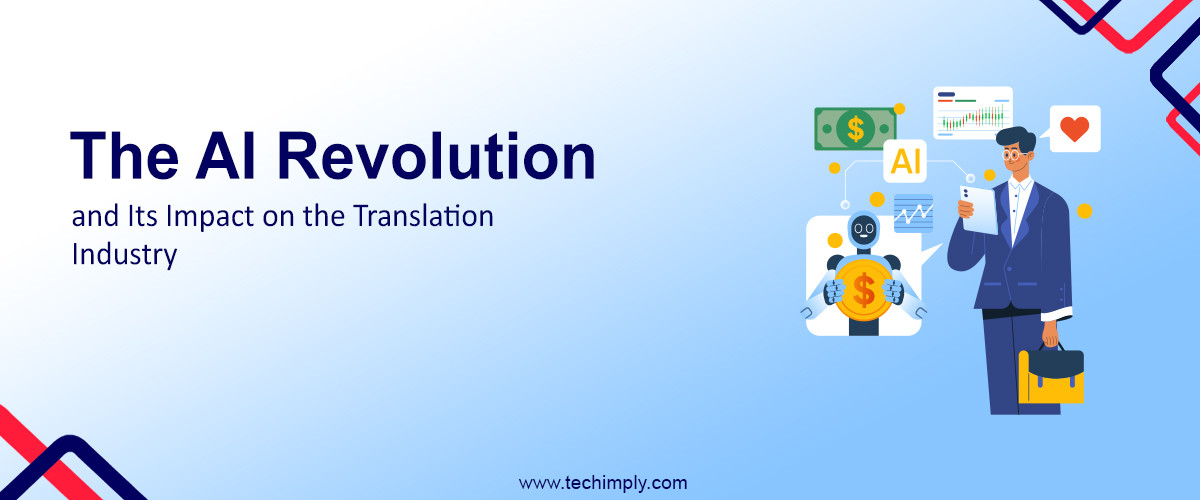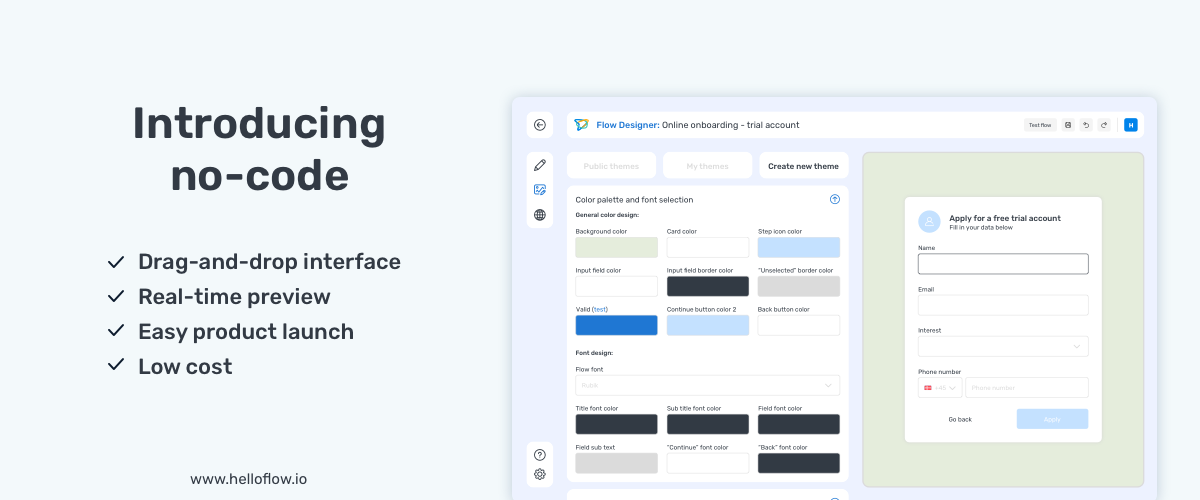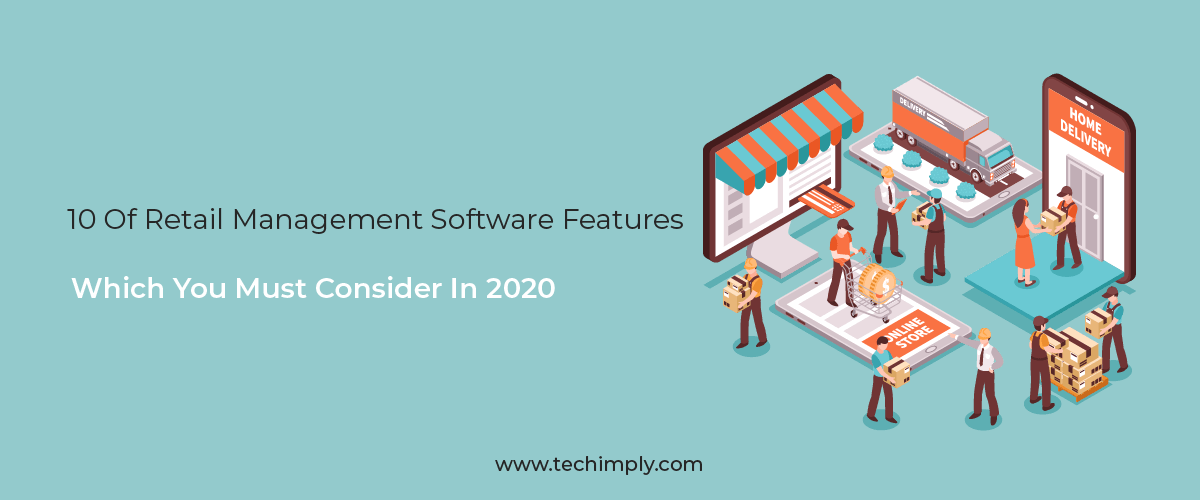Table of Contents
It is not an exaggeration to say that the translation industry has played a pivotal role in developing and communicating human lives. Since the wake of humanity, language has been the main bridge between the divine and humans. So for thousands of years and to date, the role of language has been to create, acquire, and cultivate cultural values and social norms.
Fast forward to the modern times of the 1900s and 2000s, globalization made the role of languages twofold, especially when coupled with translations. Primarily, the main reason was globalization trends and the need and requirements to become multinational. Cross-border trade has become the new fashion in the form of e-commerce forums, SaaS products, and services. There are dozens of online platforms working globally to facilitate trade and selling goods and services, providing substantial growth opportunities.
It feels unrealistic to imagine the modern leap of advancements without the role of translations. And we won’t be able to achieve the full potential of translations without the role of modern technology like artificial intelligence, machine translation, and other CAT tools. Not only the inception of these technologies, but also the striking accuracy and precision of translation tools are paramount. Today we are going to recap the role of technology and AI in the advancements of translation technology and tools.
Collective Technological Leap of Faith Over the Last Decade
As of today, we are witnessing the practical implementation of augmented reality, virtual reality, and its impeccable consumer applications. Gen Z is the first generation that has seen the rift from manual processing to the rule of automated processing and governance. Below is a brief history of the technological stride over the last decade. In terms of the advancements in computer-assisted tools, there are substantial upgrades in the suite of tools we call CAT tools.
“Automation is the favorite child of globalization.”
In the field of translation and localization, there is now an array of assisted software to enhance the quality and improve the delivery time. Convenience, risk/error reduction, and customizable adaptability are the desired outcomes of advanced AI-powered CAT tools.
Let’s recap the technological advancements of the last decades in the arena of AI, software, globalization, and communication to get the full picture of where we were and where we are going.
|
Point of Interaction |
Information & Support |
Computation |
Timeline |
Technology Trends |
Key Marketing Focus |
|
Neural Machine Translations |
Support of Dozens of Language Pairs |
Extraordinarily Efficient |
2024 |
Automation is the New Normal |
Precision and Accuracy |
|
Improved Versions of AI Tools |
A Glimpse of True Spectrum of AI |
Above the Clouds |
2023 |
Flexibility of Technology |
Globalization |
|
Post-COVID Challenges & The Wake of Open AI |
Data Sharing is the New Easy |
Blockchain in Business & Clouds go Vertical |
2022 |
Physical Tech Stack |
Globalization |
|
Digital Workplace is the New Challenge and Ease |
Machine Data Solutions & MLOps Industrialized AI |
— |
2021 |
Supply Unchained |
Globalization |
|
Human Experience-Oriented Platforms |
— |
— |
2020 |
Advancements in Software Architecture |
Globalization |
|
Intelligent Interfaces are the face of Marketing |
AI-Fueled Organizations |
— |
2019 |
Future of Connectivity |
Globalization |
|
Digital Reality is in Vogue |
Enterprise Data Sovereignty |
— |
2018 |
Business Process Reengineering (BPR) |
Localization |
|
Mixed Reality is Trending |
Deep Analysis & |
Blockchain to Blockchains |
2017 |
The architecture of IT Infrastructures |
Localization |
|
Internet of Things |
Industrialized Data Driven Decisions |
Trust with Limited Access |
2016 |
Autonomic Platforms |
Translation |
|
Dimensional Marketing |
Amplified Intelligence |
API Economy |
2015 |
IT Worker, Software learning is the future |
Translation |
Top Languages by Number of Speakers & Today’s Translation Industry
Language service providers are language craftsmen. The translation service has many sections, like interpretation, transcription, localization, instruction, project management, and others. Technical translators, industry-specific translations, legal, medical, and engineering translations, etc. Most of the translations are covered by the technical translators.
|
Language |
Native Speakers |
|
Chinese |
1.3B |
|
Spanish |
475M |
|
English |
373M |
|
Arabic |
362M |
|
Hindi |
344M |
|
Bengali |
234M |
|
Portuguese |
232M |
|
Russian |
154M |
Hindi is the fifth most spoken global language. The number of its native speakers accumulate to a whopping 344 million. Businesses, brands, and companies are looking to expand to and from Hindi markets to attract potential clients and customers. Translation and localization is one of the key prerequisites of the recipe of globalization and internationalization. Whether it is software, website, document, legal or technical document, language service providers are hired to get the message and information across borders, institutes, and industries.
The food for the thought is the essential technical knowledge that is required to select any Hindi translation services. The size of your business, brand, or company is also relevant. The goods and services your company is offering also play a somewhat defining role in its acceptance, branding, and acceptance. Look at the current market size of the language industry and future predictions
|
Market Value |
2022 |
2023 |
2024 |
Predictions till 2032 |
|
Language Service Market Size |
USD 54.02 Billion |
USD 55.13 Billion |
USD 59.41 Billion |
– |
|
Language Service Industry |
USD 60.68 Billion |
– |
– |
USD 96.21 million |
|
Compound Annual Growth Rate (CAGR) |
– |
– |
7.8% & Increasing |
– |
Upgradation and Implications of Technology in Translation Industry
Above all, the invention and advancements in the area of machine translation is paramount and changed the conventional ways of how we do translations. There is no doubt about the improved quality of modern machine translation engines. But when it comes to delivering results that meet the customized requirements of clients/industries, machine transitions are far from perfect. Here comes the definite role that the language service provides.
The goal of every translation services company is to provide results that are according to the requirements and culturally and linguistically accurate. Analyzing the unprecedented speed of the advancements in neural machine translation, people start to believe that it is more than enough to get the job done. But the idea to replace human translators with machine engines is far from reality, at least as of now. Let’s look at the past and present of some factors of machine translation that constantly need improvements.
|
Characteristics |
Before the 2000s |
After the 2000s |
|
Supported Languages |
Limited Languages are Supported |
A large number of languages are supported (GT supports more than 100 languages) But is it Accurate? |
|
Accessibility |
Bad (software installation was required and it was very costly) |
Available to Everyone (Site translation and the document supported translations) |
|
Accuracy |
Low |
Medium |
|
Speed |
Slow |
High |
Takeaways
In conclusion, the whole workflow of the translation services industry is revamped by the inclusion of AI tools. Moreover, to enhance the project delivery speed and maintain the translation quality, AI tools are prevalent to rectify errors, inconsistencies, and stylistic errors and nuances. In the ever-evolving landscape of translation and localization, AI tools proved to be not only a paradigm shift but also open the doors to limitless possibilities.


.jpg)



